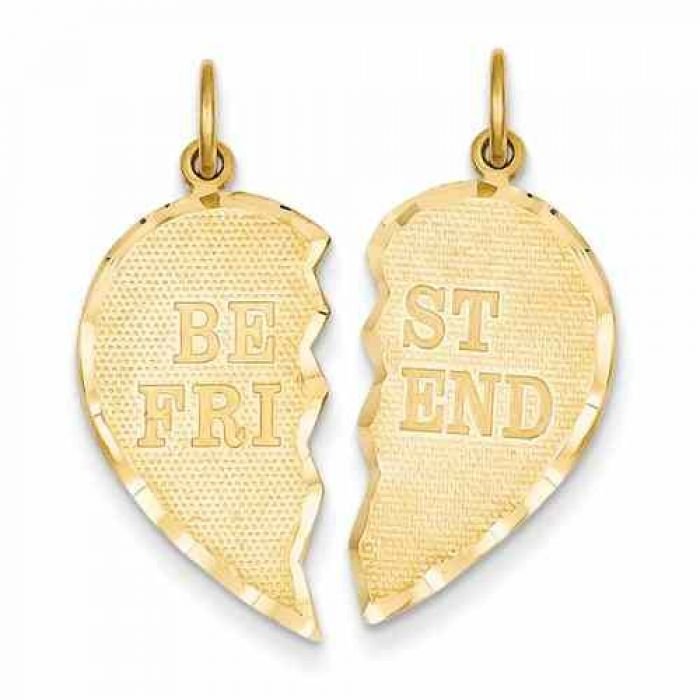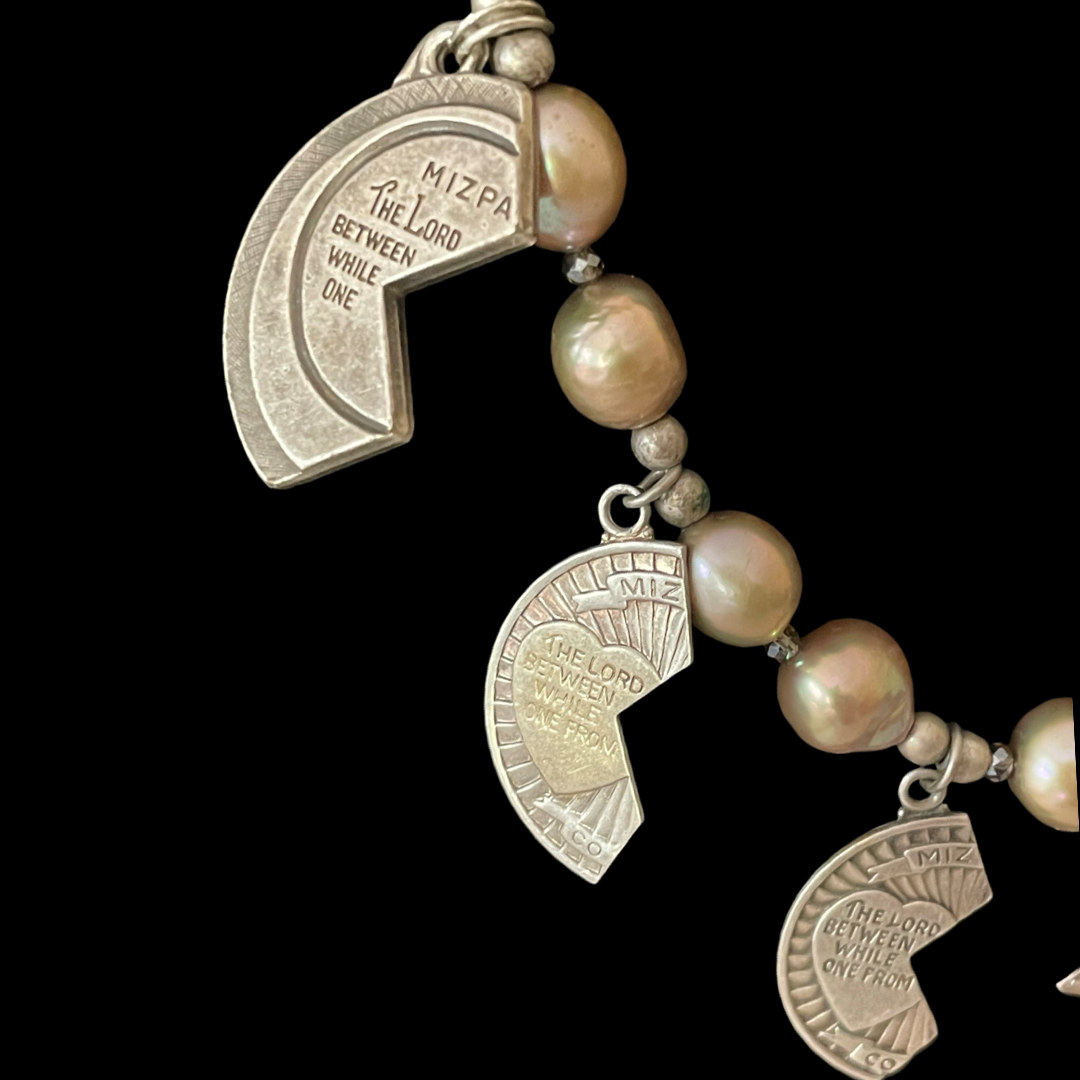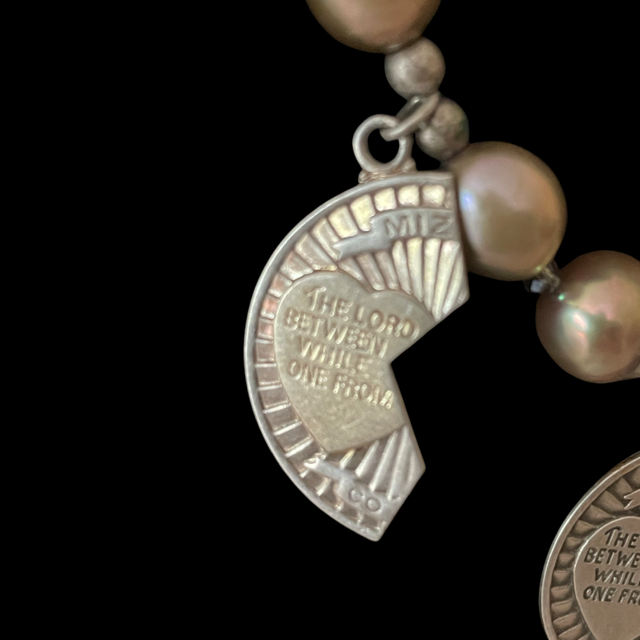The Sweet Sentimentality of Mizpah Jewelry
The Victorians’ love of sentimentality and symbolism is well known. To a Victorian, a seven-stone ring adorned with a ruby, emerald, garnet, amethyst, ruby and diamond was not an arbitrary array of gemstones; it was code for “R-E-G-A-R-D,” a common expression of sentimentality at the time. Although this tendency was expressed very clearly in the jewelry of the period, it was perhaps even more apparent with flowers.
Flowers were not merely decorative elements — each had a particular meaning. Yellow pansies, for example, meant “thinking of you.” Ferns meant “fascination;” hydrangeas meant “heartless.” (As an aside, perhaps this is what caused Madonna to react so heartlessly when she received a stem of hydrangeas from an admirer?)
But we digress…let’s get back on track.
Today we will focus on one particular category of sentimental jewelry — pieces emblazoned with the word “Mizpah.”
Meaning “watchtower” in Hebrew, the word mizpah is used to mark an agreement between two people, with God as their witness.
The concept comes from Genesis 31:49: “It was also called Mizpah, because he said, “May the LORD keep watch between you and me when we are absent one from another.”
Silver Mizpah pin with bird, House of Good Fortune Collection
One can see, then, how this expression would be useful when lovers or friends were to be separated for a period of time.
The mizpah motif was most common in rings and brooches during Victorian times. Many were mass produced. A piece of mizpah jewelry would be given to a beloved friend — or even a paramour — as a reminder of enduring love and friendship, but also as a prayer of protection from above. For this reason, soldiers would present them to their sweethearts as keepsakes before going off to war.
Perhaps unsurprisingly, the concept of mizpah has endured into modern times. A later innovation was the “split” pendant, reminiscent of the “best friends” pendants that were so popular in the 1980s. Typically fashioned in the form of a coin or a heart with the phrase from Genesis 31:49 inscribed, one half was presented as a gift and the other was retained by the granter, so that the two halves could be made whole when the friends or lovers were reunited.
The House began to encounter orphaned halves of mizpah pendants while hunting around for old charms and amulets. Realizing their meaning, The House started collecting these discarded relics of love long lost or forgotten.
What happened to the other halves? One will never know.
But the sentiment deserves to be honored…and celebrated. The House collected these castaway relics and fashioned them into a piece of collected jewelry that memorializes these lost relationships from the past.
Further reading:
Those who are interested in sentimental charms of separation may enjoy learning about Nenette and Rintintin, a pair of yarn dolls that became popular good luck charms in France at the end of WWI. The dolls were given to soldiers as tokens of love and luck that could be pinned onto their uniforms.










